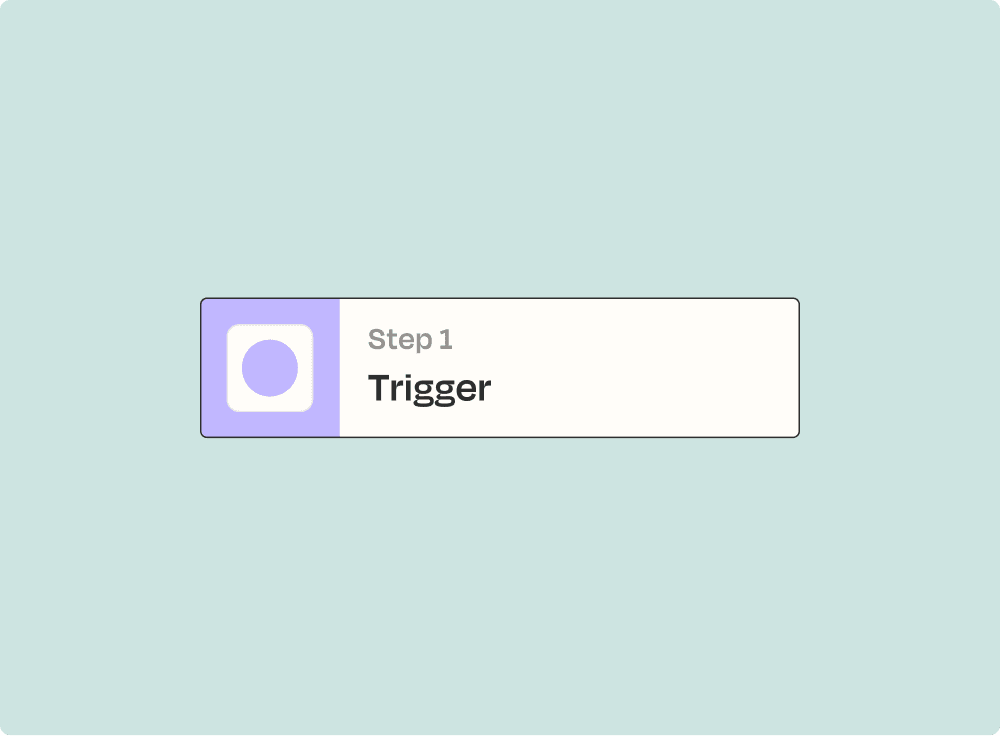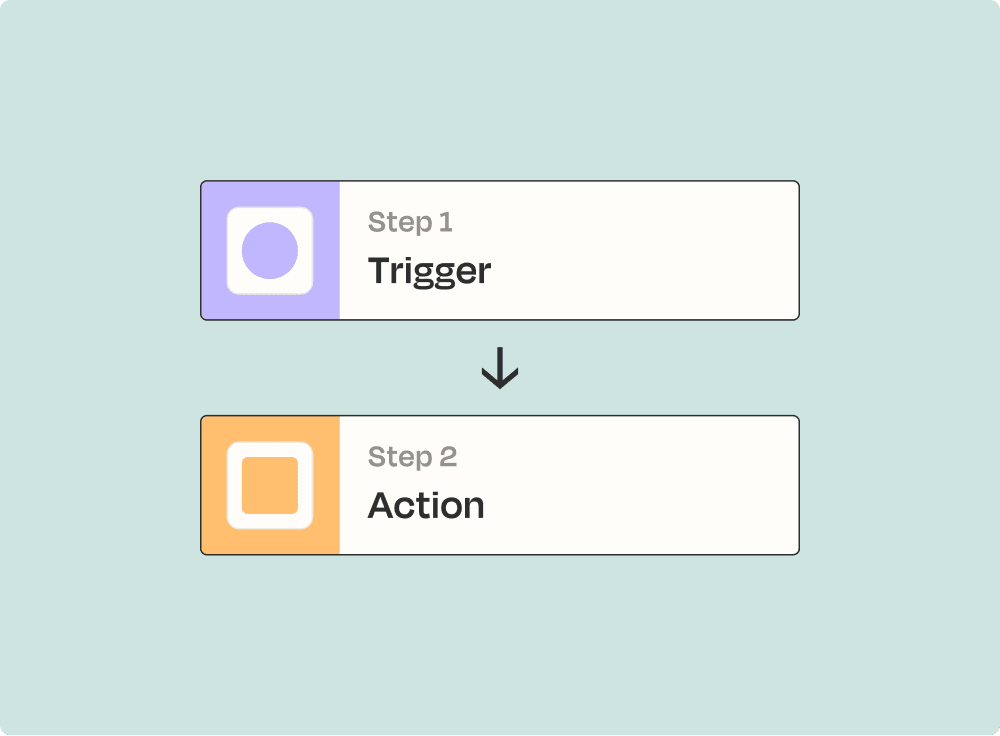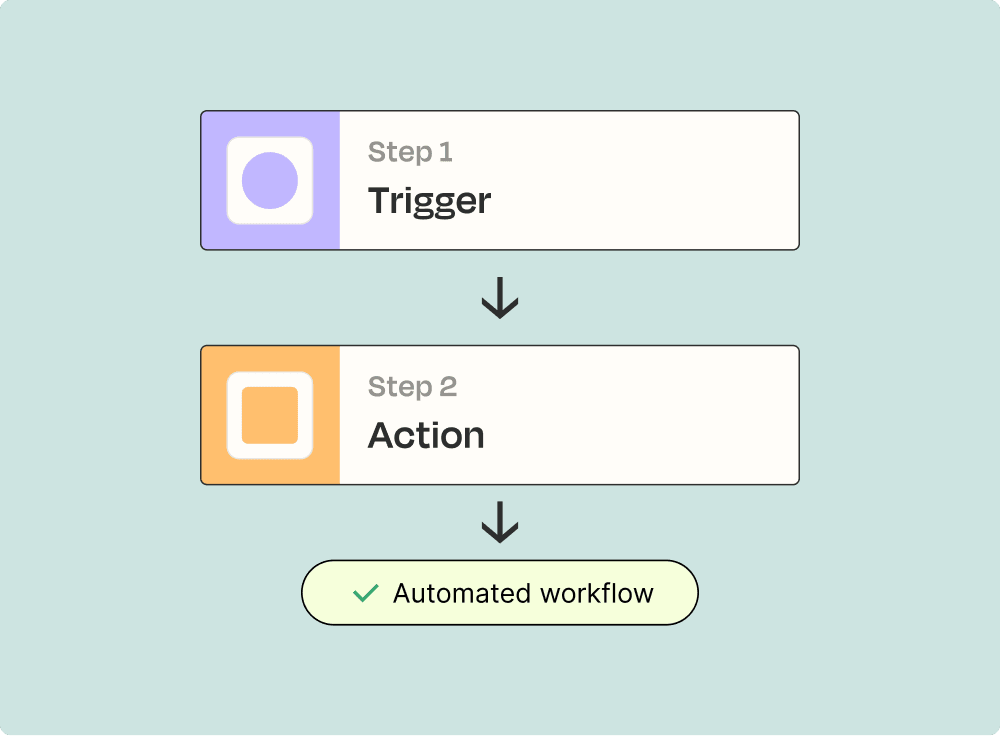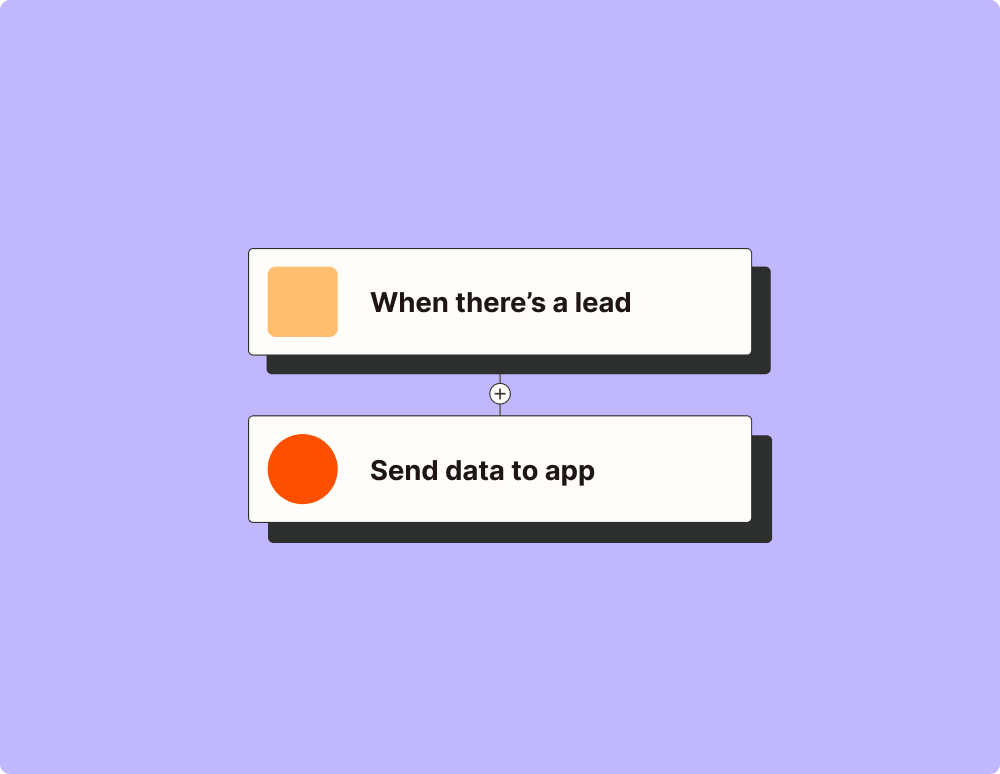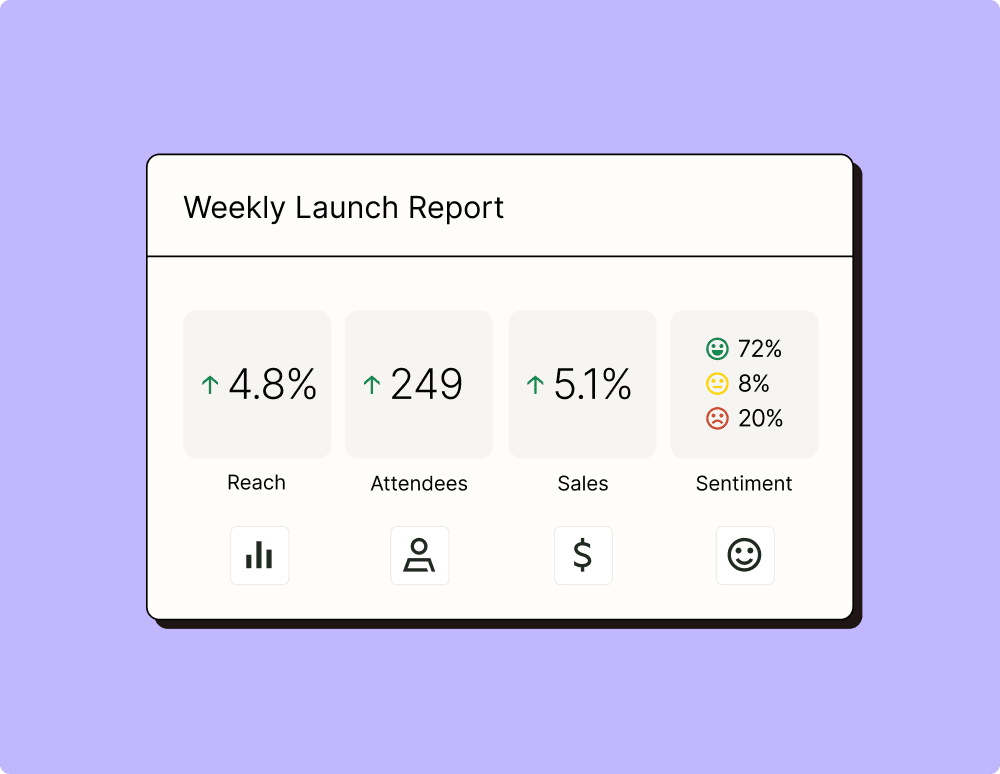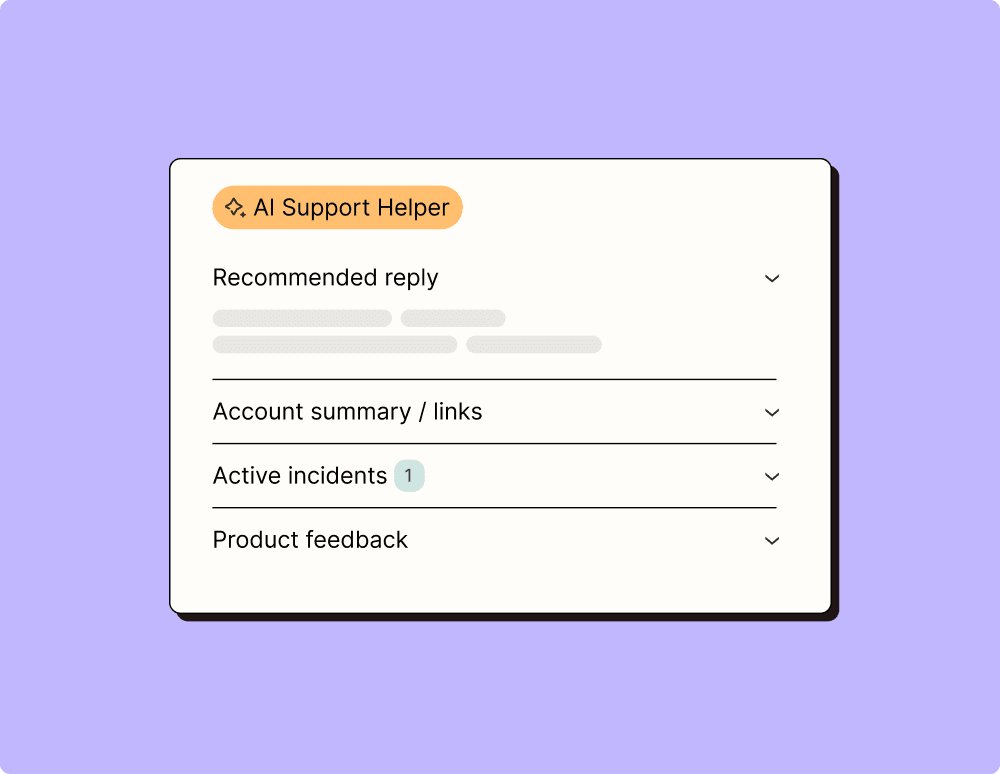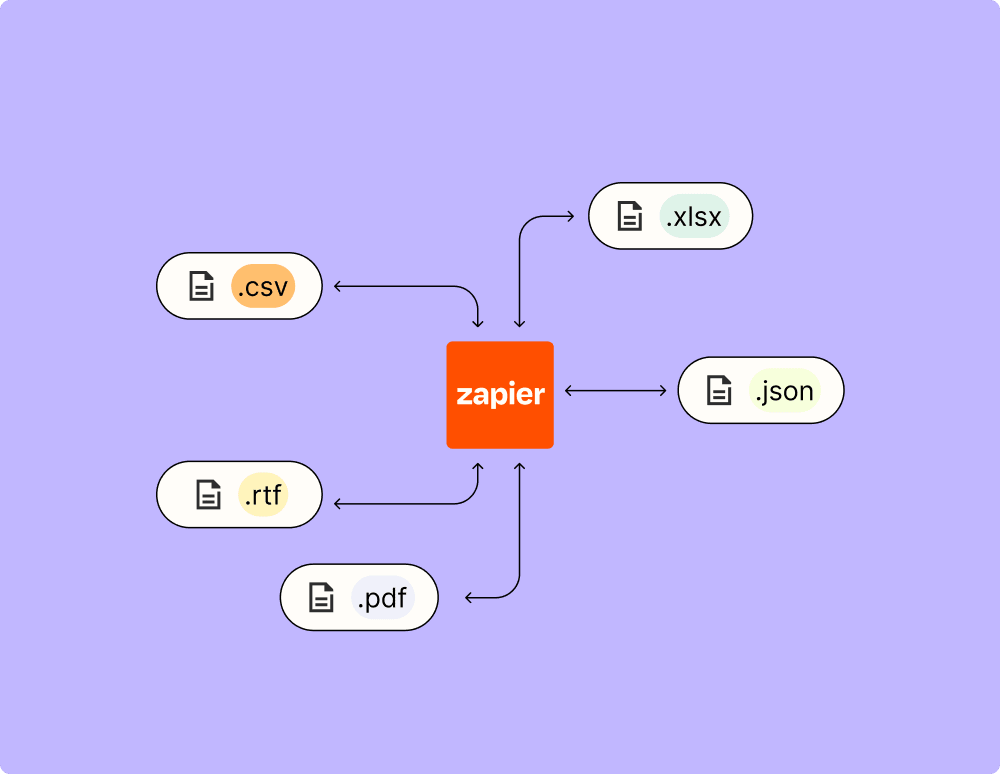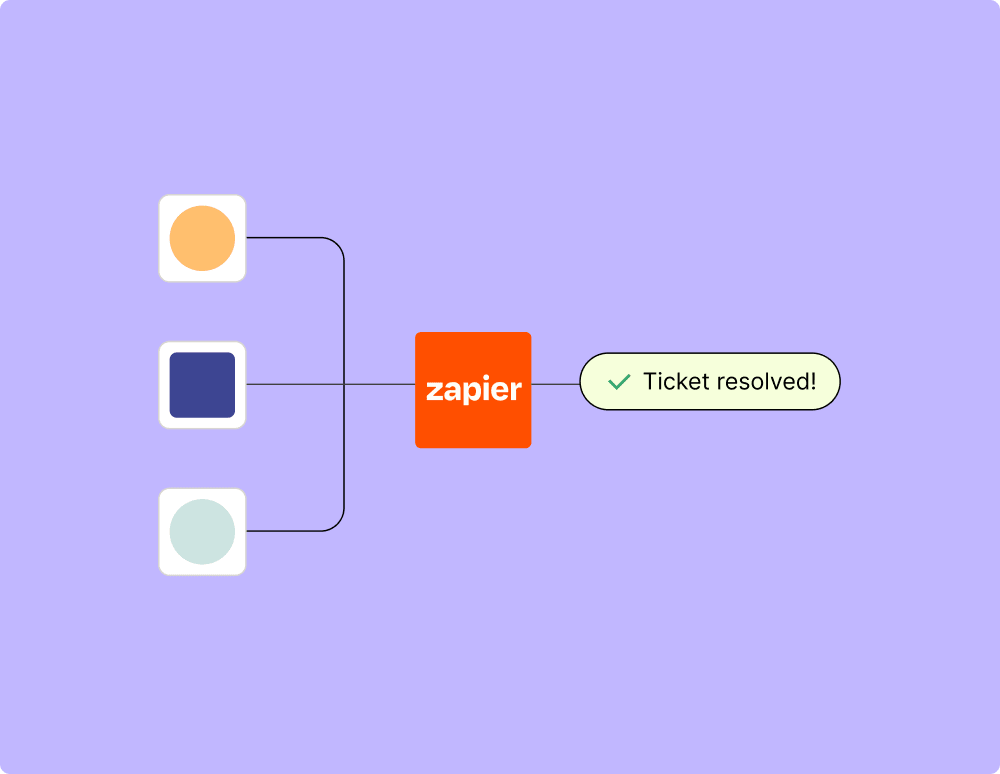Connect GitHub and ServiceNow to unlock the power of automation
- No credit card required
- Free forever for core features
- 14-day trial for premium features and apps
Set up your first integration
Quickly connect GitHub to ServiceNow with a Zapier template.
Our most popular template

How Zapier works
Zapier makes it easy to integrate GitHub with ServiceNow - no code necessary. See how you can get setup in minutes.
Zapier is the automation platform of choice for 87% of Forbes Cloud 100 companies in 2023
93%
Customers who say using Zapier has made them better at their job
25m
Customers have created over 25 million Zaps on the platform
6 mins
The average user takes less than 6 minutes to set up a Zap
Frequently Asked Questions about GitHub + ServiceNow integrations
New to automation with Zapier? You're not alone. Here are some answers to common questions about how Zapier works with GitHub and ServiceNow
How do I set up a GitHub to ServiceNow integration?
To set up an integration between GitHub and ServiceNow, you first need to authenticate both accounts on our platform. Once authenticated, create a new Zap and select GitHub as the trigger app and ServiceNow as the action app. Choose the specific triggers like 'New Issue' or 'New Pull Request' from GitHub, and define corresponding actions in ServiceNow such as creating an incident or updating a record.
What are some common triggers when integrating GitHub with ServiceNow?
Common triggers when integrating GitHub with ServiceNow include events like a 'New Issue', 'Issue Closed', 'Pull Request Merged', or 'New Comment'. These triggers initiate automated workflows in ServiceNow, such as creating incidents, sending notifications, or updating records in real-time.
Can I automate incident management in ServiceNow using GitHub activity?
Absolutely. By configuring triggers like 'Issue Labeled' or 'Pull Request Created' on GitHub, you can automate incident creation or updates within ServiceNow. This allows your team to streamline processes by immediately reflecting relevant GitHub activity into your incident management workflow.
Are there any predefined templates for integrating GitHub with ServiceNow?
Yes, we provide predefined Zap templates that facilitate easy integration between GitHub and ServiceNow. You can customize these templates based on different use cases by choosing various triggers and actions tailored to your specific workflow requirements.
Do I need coding skills to integrate GitHub with ServiceNow?
No coding skills are required to integrate GitHub with ServiceNow on our platform. The process is designed to be straightforward with user-friendly interfaces where you simply need to select the desired triggers from GitHub and map them to appropriate actions in ServiceNow.
How can I update existing records in ServiceNow based on new commits in a GitHub repository?
You can configure the trigger action such as 'New Commit' on your selected repository in GitHub that updates existing records within your ServiceNow instance automatically. This setup ensures that any relevant code changes made reflect promptly across both platforms.
What permissions are required for connecting my GitHub account with ServiceNow through your platform?
When linking your accounts through our service, you'll be prompted to grant necessary permissions allowing access to manage repository data from GitHub and modify data objects within your specified range of access in ServiceNow. We ensure secure handling during this process.
Supported triggers and actions
Zapier helps you create workflows that connect your apps to automate repetitive tasks. A trigger is an event that starts a workflow, and an action is an event a Zap performs.
